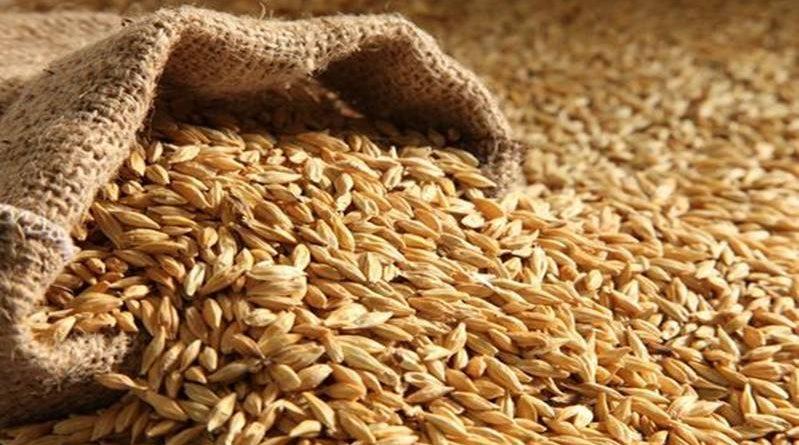United States revives WTO grain import quota case
A long-running dispute between the United States and China over Beijing’s import controls on rice, wheat and corn has been reignited at the World Trade Organization (WTO), adding to trade tensions between the world’s two largest economies.
The US delegation to the WTO in a brief note on Friday criticised China’s continued use of a tariff-rate quota (TRQ) system for the three crops, saying it failed to comply with a WTO ruling in Washington’s favour two years ago.
If unaddressed, the US warned it would take “countermeasures”, such as suspending most-favoured-nation status on some Chinese products, which would mean the application of new tariffs.
China hit back at the filing by outlining the steps it had taken to comply with the ruling, while asking the WTO to convene a compliance panel for “a positive solution to the dispute”.
“The US has not followed the established practice of seeking to agree to a sequencing arrangement with China that would set out the ‘logical way forward’ …” the Chinese delegation said.
The WTO dispute comes amid worsening relations between Washington and Beijing, with the two nations clashing over issues ranging from alleged human rights abuses in Xinjiang to Hong Kong to the coronavirus pandemic.
Bilateral trade ties have seen a glimmer of progress in recent months, with top negotiators from each country holding a series of “candid and pragmatic” exchanges.
But the two countries remain far apart on numerous issues, including China’s failure to live up to its commitments to buy more US farm goods under the phase one trade deal that was signed in January last year. China is more than 30 per cent short of its 2021 commitments to buy covered US products, according to the Peterson Institute for International Economics.
The country’s TRQs for grains are viewed by the US as part of the problem, but Beijing sees them as necessary to ensure domestic food security. China has designated the three crops as strategic grains.
The two-tiered tariff system allows the import of a specific volume of goods under a lower tariff and requires higher tariffs on imports above the quota.
The US first lodged a case against the system in late 2016, under the Obama administration, alleging China was manipulating the quotas to deny US grain farmers access to China’s market.
As the US-China trade war raged on, a WTO dispute panel ruled in April 2019 that under the terms of its 2001 WTO accession, China’s administration of TRQs violated international trading rules.
The ruling, however, did not require a certain amount of US products to be sold in China, which means Beijing was able to make changes that resulted in increased imports from other countries instead.
In relation to the system, the phase one trade deal said China “shall ensure that it does not inhibit the filling” of its quotas for the three agricultural products.
Debate swirled about whether China would increase quotas after the trade pact was signed, given its purchasing commitments and surging demand for corn.
But quotas for rice, wheat and corn have not been changed since last year, remaining at 5.3 million tonnes, 9.6 million tonnes and 7.2 million tonnes respectively, with most held by state enterprises.
“Whether the experience of 2020 marks a turnaround in TRQ administration and increased Chinese market access for grain exporters will depend largely on Chinese demand and Chinese domestic support policies,” wrote Joseph Glauber, senior research fellow at the International Food Policy Research Institute in Washington, and Simon Lester, associate director of the Centre for Trade Policy Studies at the CATO Institute, in the World Trade Review in April.
China’s grain imports remained robust this year amid increasing attention on food security and the pandemic, on top of using up the quota for imported corn last year.
The country imported 84.36 million tonnes of grains in the first half of the year, up 43.1 per cent from a year ago, the total value rose 67.2 per cent to US$36.1 billion, according to the latest customs data.
This article originally appeared on the South China Morning Post (www.scmp.com), the leading news media reporting on China and Asia.
Copyright (c) 2021. South China Morning Post Publishers Ltd. All rights reserved.




